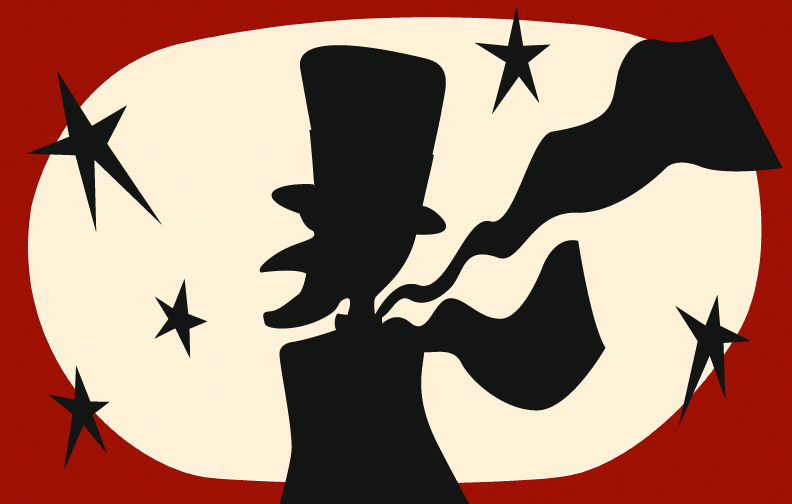Isn’t it funny that one of the oldest Christmas tales told is about a grumpy man who hates Christmas?
Charles Dickens first introduced this ghostly Christmas story with his 1843 novella entitled “A Christmas Carol. In Prose.” It chronologizes the transformation of a bitter miser, Ebeneezer Scrooge, as he is visited by the ghosts of his late business partner, Jacob Marley, and the ghosts of Christmas Past, Present and Future. The story is coated with layers of Christmas spirit. According to IMDB, it has since gone on to inspire 227 interpretations in film.
Christmas Past
The earliest adaptation of “A Christmas Carol” is the 1901 silent short film “Scrooge; or Marley’s Ghost.” Walter R. Booth starred Daniel Smith as Scrooge in the film which uniquely featured only one supernatural visit, in contrast to the more modern version’s portrayal of four.
The first moderate-length version of the tale, entitled “Old Scrooge,” was screened in 1913, starring Seymour Hicks as Scrooge. It follows a similar plot style to the 1901 short film in that Marley’s ghost acts as the ghosts of Christmas Past, Present and Future. Seymour Hicks later reprised his role as Scrooge in the 1935 film “Scrooge.”
The 1914 version of “A Christmas Carol” was the first time the story was adapted to include three separate ghosts. George Bellamy played Scrooge and added a new interpersonal dimension to his relationship with spirits. This has carried into the modern adaptations of the film.
In 1951, perhaps the most highly praised version of the film, Alastair Sim’s performance as Scrooge was the catalyst for the character’s cruel characterization. Sim is the standard on which all Scrooges are based. Many fans consider this as the best adaptation of A Christmas Carol.
Christmas Present
The classic Dickens tale has been reimagined by a variety of directors, casts and writers, all finding fresh ways to bring the story to life. In 2009, Disney Productions released an animated version that shares a similar animation style to Warner Brothers “The Polar Express”
Almost a decade after his role as The Grinch in the 2000 “How The Grinch Stole Christmas,” Jim Carrey expanded his repertoire of dark Christmas characters. Not only did he become the voice of Scrooge, but he also characterized all three of the ghosts. This version is surprising because even though it is a film designed for children, it takes several lines of dialogue directly from Dickens’ original text, like “Marley was dead: to begin with,” and Tiny Tim’s ending proclamation, “God bless us, everyone!”
The most recent adaptation follows in Disney’s footsteps. “Scrooge: A Christmas Carol” is a Netflix original film that was released in 2022. It provided a newly animated version of the story. Scrooge’s identity has been taken on by Luke Evans who voiced the character.
Christmas Future
“A Christmas Carol” has essentially become its own franchise and the story has touched the hearts of each generation. Scrooge has gone from a bitter old man to being filled with the spirit of Christmas right before our eyes since 1901 and as history would have it, his story will carry into generations to come. No matter who is behind the character, his transformation is the most visceral personification of the real meaning of Christmas.




